AISEO Recommended Tools: How to Get Your Content Cited in AI Overview Snippets
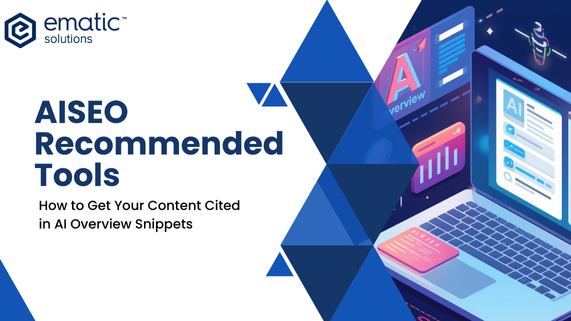
Learn how AI Overview snippets select sources. Discover AISEO tools that help create structured, trustworthy, and AI-readable content.
AI SEO là gì? Cách tối ưu SEO và các công cụ AI cần biết

AI SEO là gì? Cùng Ematic Solutions tìm hiểu, khám phá cách AI đang thay đổi SEO, cùng chiến lược tối ưu nội dung và công cụ AI dành cho doanh nghiệp.
SEO Costs 2026: Agency vs Freelancer vs In-House
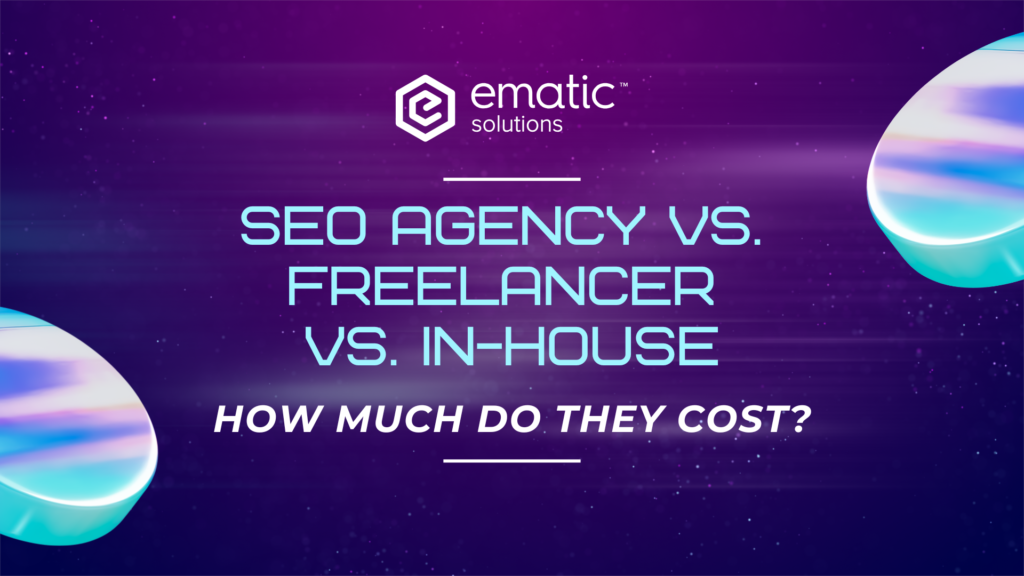
Find out the differences between an SEO agency, freelancer, and in-house. Explore the pros, cons, and the best option for your business.
Apa Itu E-E-A-T dalam SEO dan Kenapa Penting untuk Ranking di Google?

Pelajari apa itu E-E-A-T dalam SEO, cara kerjanya, serta bagaimana meningkatkan kredibilitas konten agar lebih dipercaya Google dan pengguna.
Apa Itu KOL dalam Marketing? Pahami Peran Mereka
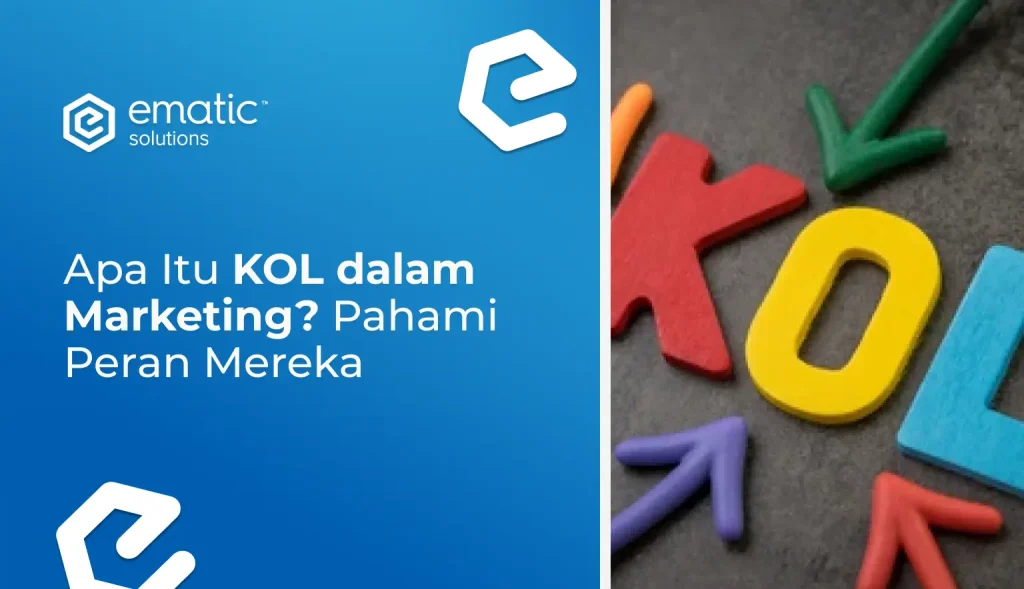
Kenali apa itu Key Opinion Leader (KOL) dan perannya dalam ekosistem pemasaran bagi bisnis.
Marketing Automation: Pengertian, Manfaat, dan Contoh
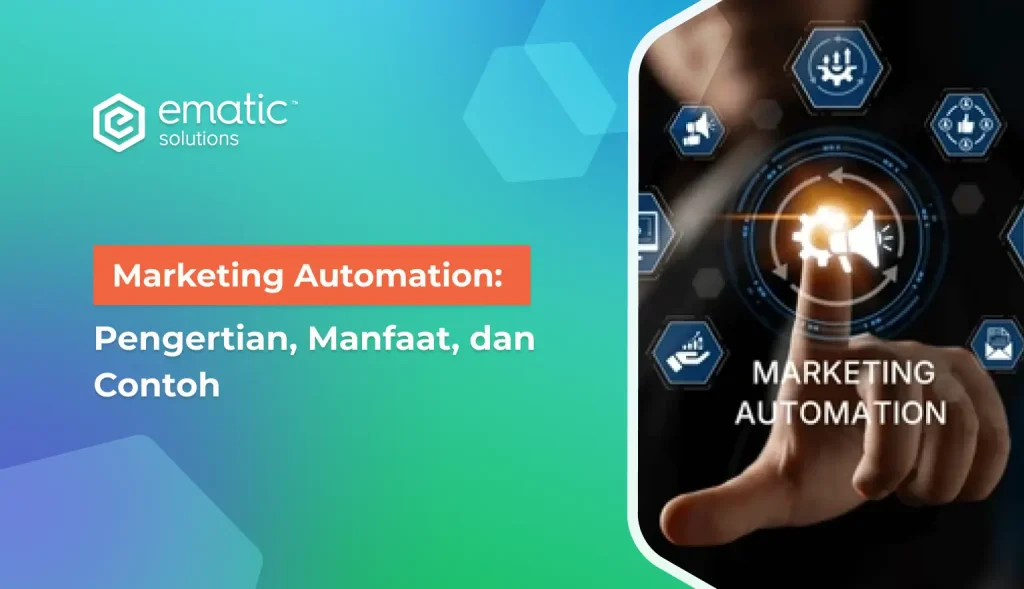
Pelajari apa itu marketing automation, manfaatnya, dan contoh penerapannya.
How Bots Affect SEO and Website Traffic
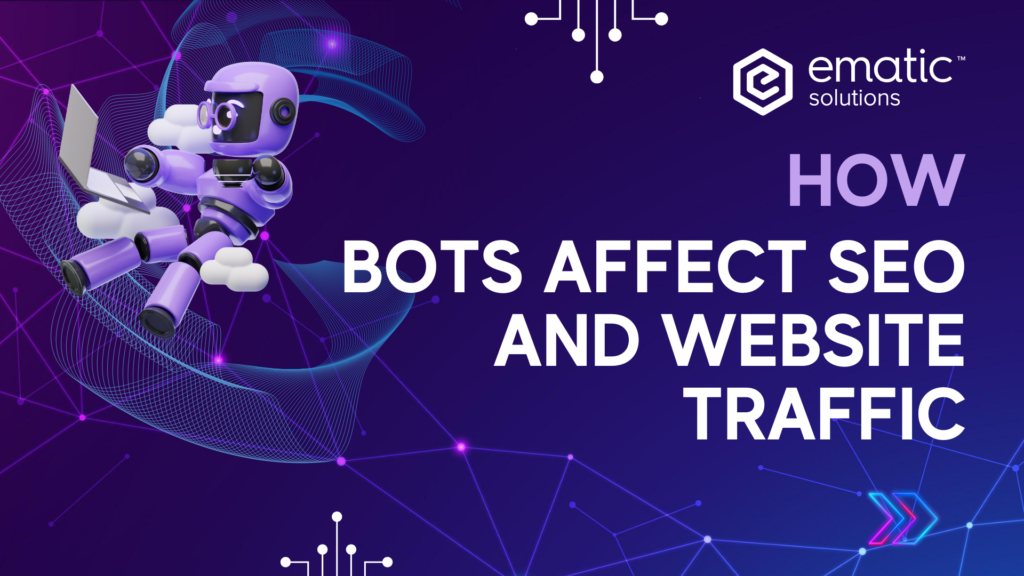
When most people think about SEO, they think of keywords, backlinks, and writing good content. But there’s one thing that doesn’t get talked about enough — bots. Some bots help your site get found on Google. Others do the opposite; they mess with your traffic numbers, slow your site, and even waste your ad money. Knowing the difference can save you a lot of time, money, and frustration. What Are Bots, Really? A bot is just a computer program that does things automatically. It might visit websites, click on links, or collect information, without a human behind it. There are two main kinds of bots: Good bots help your SEO. Bad ones can mess it up big time. How Bad Bots Can Hurt Your SEO Bad bots don’t just create fake numbers, they can actually hurt how your site performs in search results. Here’s how: They Mess Up Your Data They Slow Down Your Website They Waste Your Money They Make You Look Spammy They Hurt Your Rankings The Good Guys: Search Engine Bots Not all bots are bad. Search engines like Google, Bing, and Yahoo all use bots — also called crawlers — to scan websites and figure out what they’re about. These crawlers help your site appear in search results when people look for something you offer. If your website is easy to crawl and loads fast, these bots will index it better, which can improve your visibility. So, while you want to block the bad bots, you still need to let legit search bots do their job. Why Fake Traffic Is a Big Deal Search engines like Google care a lot about trust and real engagement. When fake traffic floods your site, it makes your performance data unreliable. Here’s what that means for you: It’s like thinking your restaurant is full because of noise from outside, but nobody’s actually eating inside. How to Spot and Stop Bad Bot Traffic You don’t need fancy software to spot bots, just a bit of awareness and a few simple tools. Here are some easy ways to protect your site: The Future of Bots in SEO Bots are getting smarter. Some are now powered by AI, which makes them harder to detect. They can copy human behavior: scrolling, clicking, even filling out forms. That means website owners need to keep an eye on their traffic and not rely blindly on numbers. Over time, managing bot traffic will become just as important as managing keywords and content. Final Thoughts Bots aren’t going away. Some are necessary — they help search engines do their job. But others can cause real problems if you ignore them. To keep your SEO healthy: Real people are what matter, not inflated numbers. The cleaner your traffic, the stronger your SEO will be in the long run. Key Takeaway:Not every website visit is a win. Focus on real visitors, not fake traffic. Bots can help or hurt your SEO — the trick is knowing which ones to welcome and which ones to block.
Robots.txt: Use It To Allow or Disallow Pages
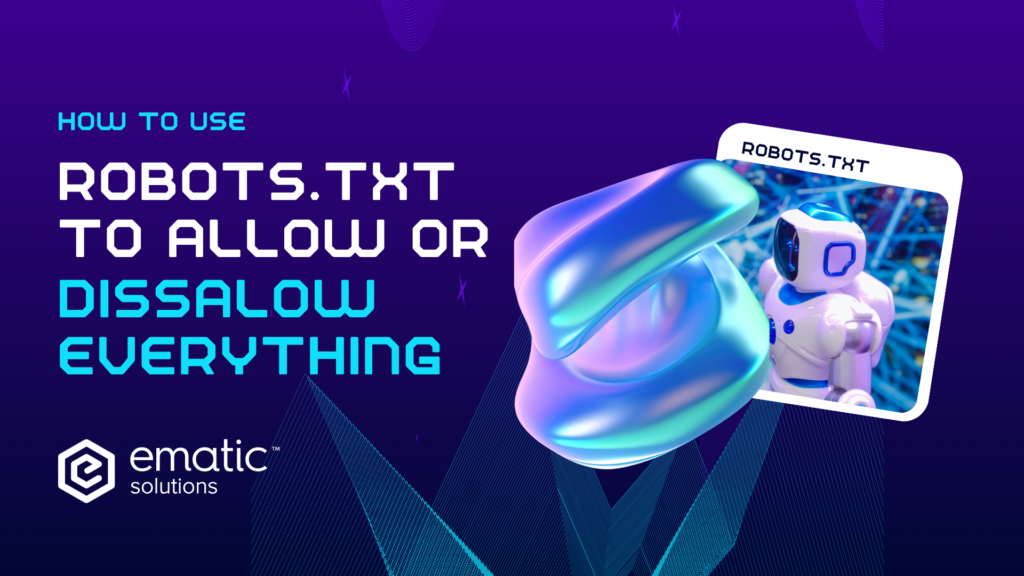
If you are serious about controlling how search engines interact with your website, mastering the robots.txt file is essential. This small but powerful text file tells crawlers which pages they can or cannot access — helping you protect sensitive areas and optimize your crawl budget. In this complete guide, you’ll learn how to configure robots.txt to allow everything, disallow everything, and use it strategically for better SEO performance. What Is Robots.txt in SEO? A robots.txt is a plain text file located at the root of your domain (e.g., https://www.yourdomain.com/robots.txt). It provides specific crawling instructions to web robots like Googlebot, Bingbot, and other search engine crawlers. In simple terms, it’s a set of “rules” that tells bots: Correct use of robots.txt ensures: Understanding Robots.txt Directives Every robots.txt file follows a simple rule structure that uses specific directives — or commands — to communicate with web crawlers. These directives tell search engines which areas of your website they can explore and which ones are off-limits. There are three main directives you’ll use in almost every robots.txt configuration: User-agent, Disallow, and Allow. Understanding what each one does — and how they work together — is key to preventing SEO mistakes. 1. User-agent: Identifying the Bot The User-agent directive specifies which crawler or search engine the rule applies to. Think of it as addressing a letter — you’re telling your instructions who they’re meant for. Here’s how it works: This line tells Google’s crawler to follow the rules that come after it. If you want the rule to apply to all crawlers — Googlebot, Bingbot, AhrefsBot, SemrushBot, and so on — you can use an asterisk (*): This wildcard symbol means “these instructions apply to every bot that visits my site.” You can also create specific rules for different bots. For example: In this case, Google is blocked from crawling /testing/ while Bing is blocked from /staging/. This flexibility is useful if you want to limit certain crawlers without affecting others — for instance, allowing Google to index your site fully while keeping lesser-known or aggressive bots out. 2. Disallow: Blocking Access to Specific Paths The Disallow directive tells crawlers which parts of your site they are not allowed to crawl. Syntax example: This prevents bots from accessing everything within the /private/ directory. If you use a single forward slash (/) like this: you’re blocking the entire website — meaning no crawler can access any page or resource. This is often used on development sites, staging servers, or temporary pages that you don’t want showing up in search results. On the other hand, if you leave the line blank: it means “no restrictions” — bots are free to crawl everything. Important SEO Note: The Disallow: rule only prevents crawling, not indexing. If another site links to a blocked page, Google may still index its URL, but without showing its content or description. To fully hide a page from search results, you will need to add a noindex meta tag or use password protection. 3. Allow: Granting Exceptions to a Rule The Allow directive is particularly helpful when you want to block a broader directory but make exceptions for certain files or pages within it. This setup blocks access to everything inside /private/, except for the file public-info.html. The Allow directive is primarily used by Googlebot and a few other modern crawlers that recognize it. While not officially supported by every search engine, it’s widely accepted and recommended for fine-tuning crawl control. Pro Tip: Order matters — always list your Allow directives after the related Disallow ones. This ensures search engines interpret your file correctly. Bonus: Other Optional Directives Although the three above are the most common, you might encounter or use other directives to enhance your robots.txt file: (Note: Googlebot doesn’t support this directive — instead, adjust crawl rate in Google Search Console.) These directives help make your robots.txt file more advanced and SEO-friendly, especially for large websites or multilingual setups. Putting It All Together Here’s a complete example of a robots.txt file that uses multiple directives effectively: What this means: This balanced configuration gives you precise control — keeping private sections hidden while ensuring that important content remains visible to search engines. Key Takeaways By mastering these directives, you can fine-tune how search engines interact with your website — protecting sensitive areas, improving crawl efficiency, and strengthening your SEO foundation. Curious About SEO? Contact Us Now for a Free Website Audit!
Why Investing in SEO Is a Smart Marketing Move in 2026

Digital marketing never stands still — and neither do your customers. Every year, the way people search, discover, and decide evolves. In 2026, that evolution is faster than ever. With tighter budgets, higher ad costs, and growing competition across every platform, brands are rethinking how they attract attention and build trust online. And that’s where SEO quietly proves its value. It’s not about choosing SEO instead of other marketing channels — it’s about making sure SEO is part of the mix. Because when your customers go looking for answers, products, or solutions, you want to make sure they can find you — not just your ads. SEO as a Foundation, Not a Fix There’s a misconception that SEO is something you “add on” when business slows down. In reality, it’s what helps every other channel perform better. When your website is optimized for search, it loads faster, explains your offering clearly, and helps customers take action. Those improvements don’t just help organic rankings — they also make your paid campaigns more efficient and your overall marketing more cohesive. At its core, SEO is about helping people (and search engines) understand your value. That’s not a one-time project — it’s an ongoing effort that supports your whole marketing ecosystem. How Search Has Evolved in 2026 Search engines have become far more intuitive — and user expectations have followed. People now expect instant, accurate, and personalized results. Google’s AI summaries, voice search, and smarter ranking algorithms mean businesses need more than just the right keywords. They need: In short, SEO today is less about gaming algorithms and more about creating a genuinely great online experience. Organic and Paid — Stronger Together There’s no “either-or” when it comes to SEO and paid media. Both have a place in a smart marketing strategy. Aspect Organic (SEO) Paid (PPC, Social Ads) Speed Builds gradually Generates instant visibility Longevity Lasting impact Stops when budget stops Cost Structure Upfront time, ongoing value Continuous spend Goal Sustainable growth Immediate reach Paid campaigns are great for quick traction — product launches, promotions, or testing messaging.SEO, meanwhile, helps you build credibility, reduce reliance on ads, and improve overall discoverability. The two aren’t competitors; they’re partners. When your organic presence is strong, your paid efforts perform better too. Why Businesses Still Need SEO in 2026 Even with all the changes in how people consume content, one thing remains true: people search before they decide. Whether it’s comparing software, finding a restaurant, or choosing a service provider, the discovery process still starts with a search engine. That’s why SEO continues to matter — because it meets customers where their intent already is. Here’s what that means for your business: It’s not about chasing rankings — it’s about being part of the conversation your customers are already having. How to Approach SEO Without Overcomplicating It You don’t need to overhaul your entire website to get started. A few focused steps can make a big difference: Good SEO supports your broader digital marketing strategy, not the other way around. Avoiding the Common SEO Traps Many businesses fall into one of two extremes: The best approach sits in the middle — integrating SEO into your overall marketing plan. That means combining it with content, paid media, CRM, and analytics for a complete growth picture. It’s about creating synergy, not silos. SEO Is a Smart Long-Term Play SEO isn’t about replacing other marketing efforts — it’s about making them stronger.It keeps your business visible in the moments that matter most, complements your paid strategy, and builds credibility that compounds over time. No matter if you’re scaling or stabilizing, investing in SEO today helps your brand stay discoverable tomorrow. And if you’re unsure where to start, Ematic Solutions’ free SEO audit can help you get a clear picture of your site’s health and identify what improvements will bring the biggest impact. No hard sell — just useful insights to guide your next move. Frequently Asked Questions (FAQs)
Riding the Waves: Understanding Google Ranking Fluctuations

Google rankings aren’t static—they shift daily due to algorithm updates, competitor activity, and user behavior. This guide explains why rankings fluctuate, how to diagnose sudden drops, and what strategies can help stabilize your SEO visibility over time.
